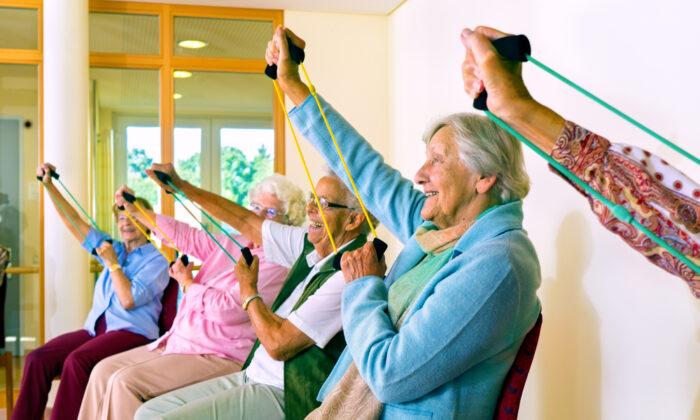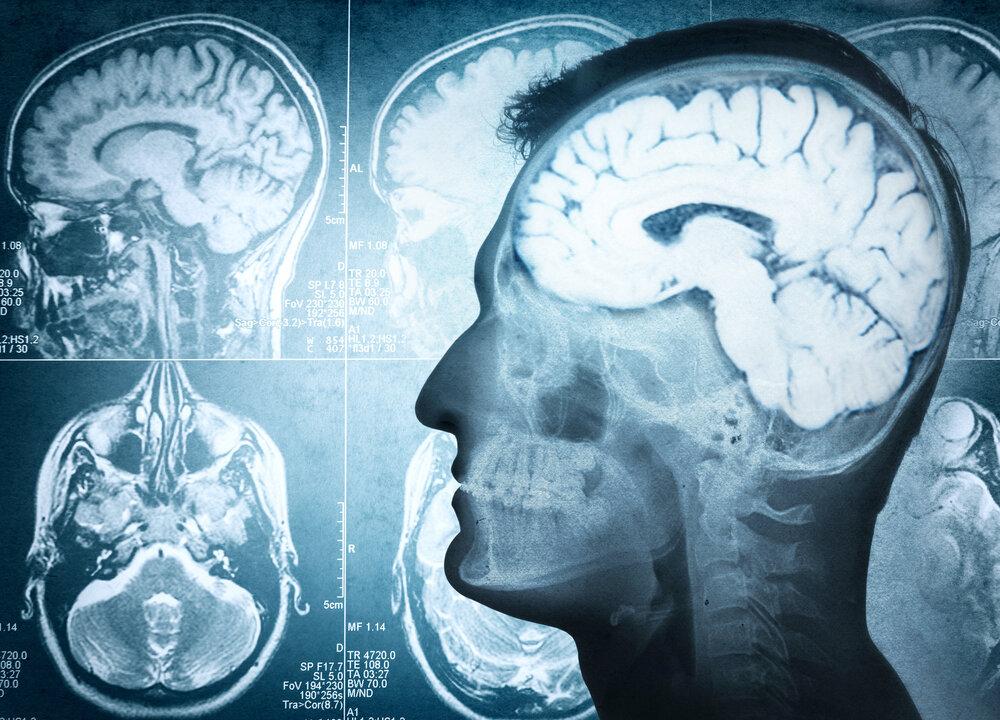Sarcopenia, the loss of muscle mass and strength, is one of the signs indicating the aging of the entire human body. Nowadays, sarcopenia is observed in people in their forties, and has become a health issue worthy of attention.
Specifically, decreased muscle elasticity and tension, commonly known as muscle weakness, makes people feel feeble and weak in parts or all over the body, leading to slow or difficult movement. Those who suffer from sarcopenia may even experience difficulty in daily routines such as walking, going up stairs, or carrying things.
Studies have found that muscle mass in most people typically begins to decline around age 40, and muscle loss accelerates in one’s 60s to 70s. Professor Wakabayashi Hidetaka, an expert in rehabilitation medicine at Tokyo Women’s Medical University Hospital, pointed out that muscle aging is not exclusive to the elderly, and it is therefore important to start preventing it in one’s 40s.
Hidetaka explained that in addition to aging, lack of adequate exercise, malnutrition, and diseases such as cancer, can also lead to muscle loss and muscle weakness.
In particular, he emphasized that due to the COVID-19 pandemic, many people work from home. Reduced physical activities would cause muscles to lose their elasticity. He suggested that in order to prevent muscle aging, people aged 40-50 must pay attention to “saving muscles,” and avoid muscle weakness and fatigue by optimal protein intake.
Professor Yamada Minoru of the Department of Human Sciences at the University of Tsukuba in Japan believes that it is almost impossible for people to maintain muscle mass and strength in the state of youth, but exercise can help slow down the speed of muscle aging. Persistent endurance training can improve muscle performance, which in turn is very helpful to improve the quality of life, he said.
By training the muscles to withstand resistance, weight, and endurance, and adjusting one’s eating habits, muscle mass can be maintained or even increased.
Hidetaka reminds the public that general walking is unlikely to help with muscle training. If you want to preserve muscle mass, you need a certain level of workout along with resistance training.
He recommends two exercises that are easy and effective.
First, the chair-stand exercise. Sit on a chair, slowly stand up without using your hands, let your thighs do the work, and then sit down again. Repeat several times.
Second, walk briskly in intervals. When you are a little out of breath from walking quickly, change to a comfortable, leisurely pace for a few minutes. Then walk briskly again. However, people with heart problems should be cautious, and seek advice from a physician first.
Professor Minoru said the number and duration of workouts depends on each individual’s muscle mass and strength. It’s okay to start with a small workout. If you can continue to “work harder” each time, you will be able to gradually build your muscles and prevent muscle aging, he said.






Friends Read Free